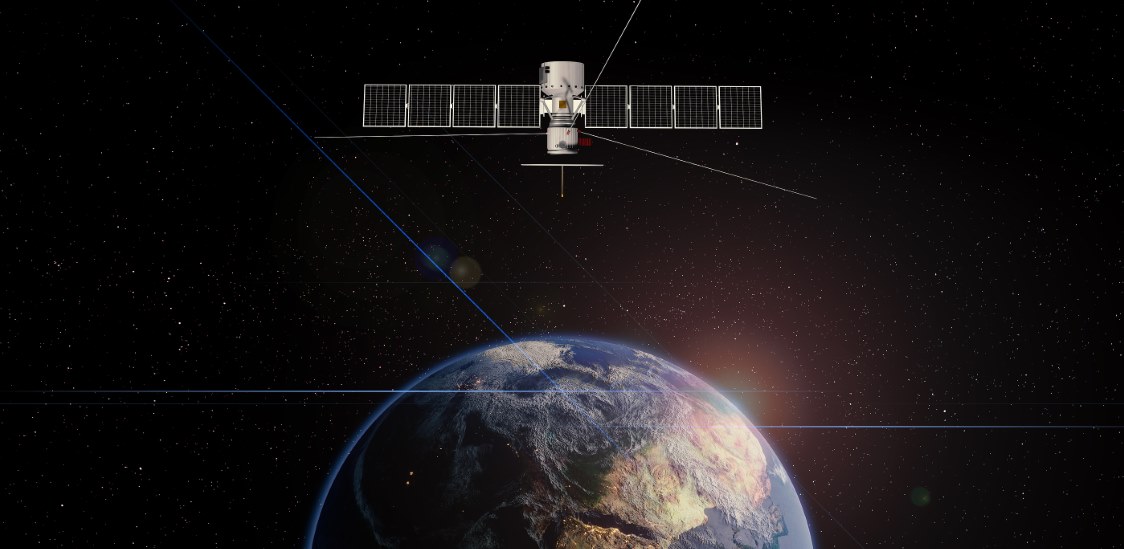The space industry is undergoing a period of growth and innovation, with McKinsey valuing the economy at nearly half a trillion dollars. As the space race continues, satellite networks are critical in democratizing connectivity on Earth and supporting the insatiable demand for bandwidth. Satellites already provide essential services for our terrestrial economy, and with the cost of putting satellites into orbit plummeting, it's opening up new possibilities for space networks to solve problems on Earth.
Connectivity is still a significant issue in much of the world, and satellites can address this inequality. In developing countries, 90% of citizens are without internet access, and this is still a problem in other countries, albeit on a smaller scale. For example, despite the Federal Communications Commission’s mission of universal service for all Americans, millions of residents don’t have access to broadband. Integrating satellite technologies will solve the infrastructure and economic issues related to realizing this goal.
Navigation and observation
Optical communication, where light transmits data between satellites, is starting to replace traditional radio frequency as the technology matures. Optical links can rapidly transmit vast volumes of data and are more secure. Coupled with enhanced ground station technology reducing transmission and reception latency, this is creating new opportunities for satellite communications.
Satellite networks now underpin an array of communication applications and services - navigation, weather forecasting, and emerging use cases like connected vehicles and in-flight networks, to name a few. In addition, satellites will be pivotal in advancing autonomous aircraft, image intelligence, and future battle networks. Below are some new use cases for satellite connectivity.
1. Bringing connectivity to remote areas
Terrestrial networks in remote locations are often not feasible from a cost or logistical perspective. Harnessing satellites provides resilient, secure, and reliable connectivity to these areas. Hybrid networks combining space, terrestrial, and cellular are key to delivering affordable global connectivity to rural and underserved locations.
2. Farming from space
The remote sensing and data monitoring capabilities from space will improve agriculture in several ways. Farmers can optimize yields and monitor numerous variables with pinpoint accuracy, for example, determining exactly where replanting is required, whether water is needed, and when pesticides are necessary based on data. This removes the need to manually monitor or waste resources unnecessarily treating areas. Satellite networks are key to making precision agriculture a reality.
3. Disaster response efforts enhanced by satellites
With extreme weather events becoming more commonplace, satellites provide situational analysis and a vital communication link, aiding the efforts of first responders. Satellite communications can be quickly adopted, improving the speed of response. For example, in New Zealand, satellite data helped direct search and rescue efforts when cyclone Gabrielle occurred.
4. Satellites propel aerospace & defense operations
The military depends on satellite connectivity for activities including intelligence gathering, navigation, battle communications, and modern warfare tactics like unmanned aerial vehicles. Satellites provide secure, resilient, and high-speed data transmission, which is mission critical for the aerospace and defense industry.
Delivering global connectivity
The satellite industry is projected to grow rapidly as more satellites go into orbit to meet the unquenchable demand for bandwidth. However, as space networks are incorporated to support global connectivity and new use cases, there are challenges to overcome as manufacturers must account for space’s harsh operating environment.
The hostile setting includes temperature extremes, radiation damage, the Doppler effect, energy storage, space debris, and outgassing. Satellites must maintain performance despite these issues, which requires engineers to make trade-offs in areas such as latency, capacity, signal power, and robustness. Satellite providers must balance risk versus cost across the lifetime of the mission.
Ensuring satellite networks deliver reliable and high-quality communication once in orbit is vital as, once deployed, equipment is inaccessible. This requires extensive laboratory testing of every possible scenario to understand how the system will perform. Reducing risk and accelerating satellite development on the ground helps ensure optimal performance in space, minimizing the chance of a system failure or outage.
Space: the Earth enabler
Satellite networks are providing nations, enterprises, and communities access to essential communication resources. In the coming years, as satellite networks become more pervasive and connectivity is democratized, this will usher in a new era of innovative use cases. Space networks will be a vital part of communication on Earth.























